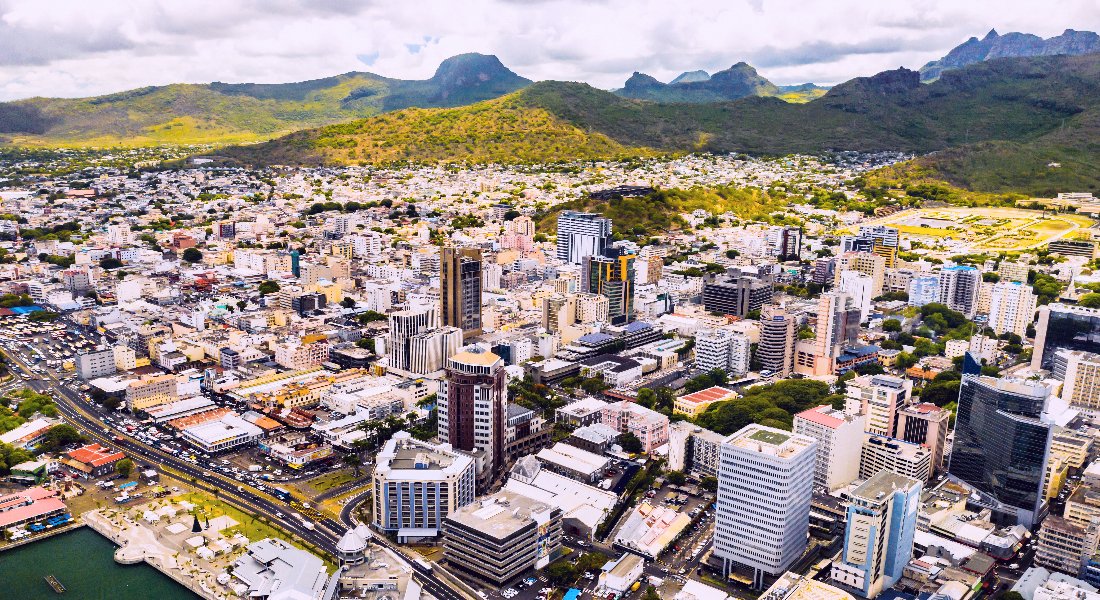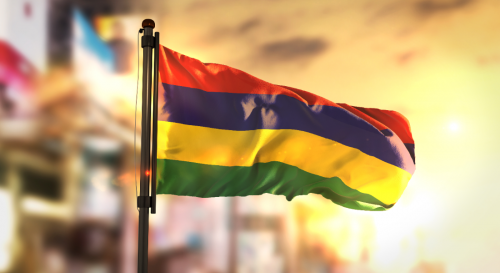
An essential guide to filing trademarks in Mauritius
Mauritius is an island in the Indian Ocean off the east coast of Africa. Once a low-income country with an agriculture-based economy, it now has a high income that is centred on tourism, financial services and the trade of textiles and sugar cane. The Financial Times referred to Mauritius as “the island nation (that) aims to reinvent itself as a hub for global investors in Africa, with both China and India as its key partners”. According to WIPO’s country profile, 10,548 trademarks were filed in Mauritius in 2019. The 2020 Global Innovation Index put Mauritius in 52nd place among the 131 economies featured, ninth place among the 37 upper middle-income group economies and first out of 26 economies in sub-Saharan Africa. The World Economic Forum also ranked the Mauritian economy as the most competitive in sub-Saharan Africa.
As investing in Mauritius is becoming a more attractive option, it is crucial that brand owners register their marks to protect themselves against counterfeiting and brand violation.
In July 2019 the Mauritian government passed the new Industrial Property Bill, which was then published in the Government Gazette in August the same year. The bill aims to strengthen IP protection and harmonise previous legislation in order to adapt to the challenges of a global industry.
Mauritius has been a member of the Agreement on Trade-Related Aspects of Intellectual Property Rights since 1995 and the Paris Convention since 1976. Rights holders can file trademarks, service marks and collective marks in the country, as well as obtain protection for well-known marks. Further, the Nice Classification system is applicable and multi-class applications are available.
To file a trademark, the applicant must provide:
- power of attorney;
- applicant data (ie, name and address);
- a sample of the mark (not required for word marks);
- a list of goods and/or services; and
- a certified copy of the priority document, with verified English translation (if priority is claimed).
The power of attorney must be notarised and legalised by an apostille as per the Hague Convention, if signed by a state member. If the document is signed by a non-member state, it should be legalised by a Mauritian consulate.
The filing procedure in Mauritius is as follows:
- The request is filed before the Industrial Property Office (IPO).
- The application filing receipt is issued with the application filing number.
- An examination is conducted by the IPO and an acceptance letter is issued.
- The application is published in the IP Bulletin.
- There is a period of two months for the filing of oppositions by third parties that consider themselves to be adversely affected by the registration of the mark.
- The registration certificate is granted and issued.
Although not mandatory, availability searches are recommended and the time frame to completion is five to 10 business days.
Third parties have two months (with the possibility of extension) to file an opposition against the application to register a mark. On receiving the opposition statement, the IPO will notify the applicant and send it a copy of the statement. The opponent then has a prescribed period in which to file observations and provide evidence to support its plea. If a counterstatement is not submitted, the application will be automatically deemed to be abandoned. If a counterstatement is filed, the registrar can set a hearing of both parties on request. Finally, the IPO will deliver a decision and notify the interested parties.
A smooth registration may take approximately 10 to 14 months to complete. The mark will be valid for 10 years from the filing date and may be consecutively renewed for equal periods of time.
This is a co-published article, which was originally published in the World Trademark Review (WTR).
Territory List
There are no results for your search.
- Africa
- Algeria
- Angola
- Benin
- Botswana
- Burkina Faso
- Burundi
- Cameroon
- Cape Verde
- Central African Republic
- Chad
- Comoros
- Congo (Republic)
- Côte d'Ivoire
- Democratic Republic of the Congo
- Djibouti
- Egypt
- Equatorial Guinea
- Eritrea
- Eswatini (Swaziland)
- Ethiopia
- Gabon
- Gambia
- Ghana
- Guinea
- Guinea-Bissau
- Kenya
- Lesotho
- Liberia
- Libya
- Madagascar
- Malawi
- Mali
- Mauritania
- Mauritius
- Mayotte
- Morocco
- Mozambique
- Namibia
- Niger
- Nigeria
- Réunion
- Rwanda
- Sao Tome and Principe
- Senegal
- Seychelles
- Sierra Leone
- Somalia
- South Africa
- South Sudan
- Sudan
- Tanzania (mainland)
- Togo
- Tunisia
- Uganda
- Western Sahara
- Zambia
- Zanzibar
- Zimbabwe
- Africa (OAPI)
- Africa (ARIPO)
- Other
- East Timor
- Macao
- Maldives
- Portugal
- European Patent (EPO)
- European Union Trademark (EUTM)
- International Trademark (Madrid System)
- Patent Cooperation Treaty (PCT)





